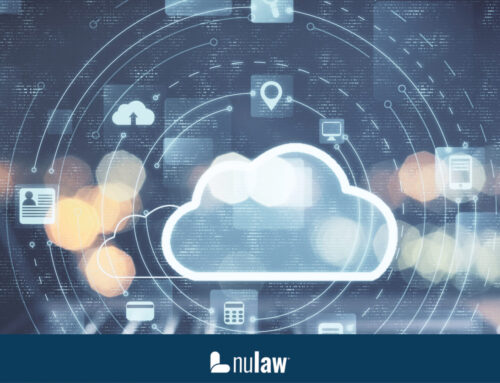Popular Tags

E-Discovery 2019: What Has Changed in the Last Decade?
E-Discovery is one of the things we put time into developing for the NuLaw legal case management app. Combined with all of the rest of the tools we built into the software, we think e-discovery makes NuLaw among the best legal case management software packages on the market.
In this post, we will specifically talk about what has changed in e-discovery over the last decade. If you have been involved in the practice of law for at least that long, you know that it was difficult to convince attorneys to even consider e-discovery just a few years ago.
So what has changed? Consider the following three things:
1. It Has Moved to the Cloud
The early days of e-discovery were more or less a patchwork of online resources available through a limited number of court systems, law schools, and private law firms. The systems did not always work well together, if they worked at all. A law firm could invest a ton of time and money in the e-discovery arena and still have little to show for it years down the road. The cloud has change that.
Introducing the cloud concept was a true game-changer for business. It took a while for the legal profession to get on board, but now we are reaping the benefits of that adoption. E-Discovery is an excellent example. Now that it’s cloud based and interconnected across nearly the entire globe, attorneys and their staffs can do a lot more with fewer tools. They are no longer working with a patchwork of systems that yield only limited benefits.
2. There Is More to Discover
Computer systems of every kind take time to mature. That certainly is the case with e-discovery. In its early days, e-discovery did not offer a lot in terms of volume. But now, the amount of valuable information made available through e-discovery is almost overwhelming. Law firms have access to decade’s worth of legal cases. They have access to law libraries, research papers, and more.
In addition, do not forget that e-discovery now extends beyond legal information to gathering all sorts of electronic evidence. The sheer volume of information now available online has attorneys scouring everything from social media pages to news stories looking for every bit of evidence they can find. The volume of information available 10 years ago was a fraction of what it is today.
2. It is a Lot Less Expensive
Practicing law is a business like any other. As such, it is difficult to convince a law firm to spend money on things that do not offer a reasonable return. That explains why so many law firms were reluctant to embrace e-discovery as late as just a few years ago.
It was not unheard of for law firms to spend hundreds of thousands of dollars on e-discovery technology and licensing fees in years past. Such a large capital expenditure just wasn’t worth it if a firm could not be guaranteed that the new system would pay for itself by improving the discovery process.
Today, e-discovery is built into systems like ours. Law firms are not paying anything extra to have access to e-discovery tools. That makes it a lot less expensive and, quite frankly, easier to justify to the team in the accounting department.
The basic concepts of discovery have changed very little over hundreds of years. However, the tools attorneys use have changed dramatically. Today’s e-discovery offers access to a lot more information with a smaller investment in time, resources, and money. And now you know why e-discovery is causing such a stir.



